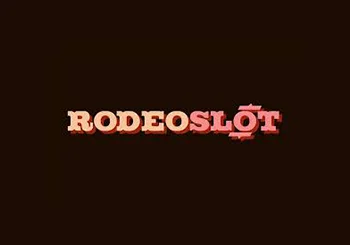Blackjack is considered one of the favourites of gamblers because of its high return to player value. Your goal is to beat the dealer by having a hand total that is closer to 21 than theirs.
Unfortunately, playing as the dealer is a bit more complex than gambling. To deal blackjack, you don’t need to be a skilled gambler. We will lead you through the process of dealing blackjack so that you can effortlessly handle the game while having fun.
How to Start a Hand of Blackjack
Typically, the first step is shuffling and cutting. We have outlined below the procedures involved in initiating a blackjack hand.
1. Shuffling and cutting cards.
When you have a deck of cards, the aim of shuffling is to thoroughly randomize the cards. Therefore, adopting either the overhand or riffle technique in shuffling will help achieve this aim. After that, instruct the gambler to insert a red card at the centre of the pack of cards. Doing this will split the cards, leaving the red card below either stack. For the shuffle to be complete, the stacks without the red cut card are then placed on another stack.
Cutting the cards involves the use of a solid card, which you insert into the deck. This card is usually red, and it marks the card’s point of separation during cutting.
When playing with a large group, you may alter the game’s winning chances with blackjack side bets comprising a combination of 6 to 8 decks.
2. Let the players make their bets for their hands.
Here, you let all the gamblers at the blackjack table place bets in the little circular spot before them. Some players don’t remember to place initial bets but proceed to receive cards. So, play the hand without placing any bet. This is because you aren’t allowed to make bets after seeing your cards. Therefore, you either wait for the gamblers to vacate the table or place the bet.
3. Distribute an exposed card to each player from left to right.
To do this, the dealer deals one card from left to right across the platform. This implies that you start the distribution with the first person to your left. Simply pick the topmost card from the deck and slide it over to the player. While sliding the card, flip it over and expose it facing up, then place it into the card slot in the player’s front without readjusting the card.
4. Place an unexposed card in your front.
After dealing every player an up card, pick another out of the same deck, then position it face-down in front of you. Endeavour to conceal the dealer’s hole card by pressing it against the table to conceal it from other players. You, on the other hand, must avoid seeing the face downward card once it’s dealt.
5. Deal another face-up card to the gamblers and yourself.
This dealing cards blackjack process is similar to number 3 above. Pick a card from the deck and commence distribution, starting with the leftmost gambler. Diagonally flip the card face-up to reveal the numbers while dropping it on the initial card you’re dealt. That way, the numbers are visible to both the player and the dealer. After that, deal yourself a card face-up. However, if the dealer’s face-up card is an ace, he can ask to know if players will place an insurance bet.
Dealing Cards at Players’ Request
Use the following guide if the players authorize you to deal cards.
1. Deal one card if a player requests to hit.
Here, you ask to know how the next player on your left intends to use their cards. Any player who’s looking to edge closer to 21 will request to hit. In the same vein, you could also ask the players if they’d like to double down, surrender, or stand. If they ask to hit, pick a card out of the same deck, then slip it into their hand. After that, turn it over and drop it on the cards. Add up the values and inform the player of the updated total. Deal another card to them if they wish for another hit.F
2. Collect a player’s cards and bets if the total exceeds 21.
If players total 22 or higher, they lose the round, and you skip to the next player. This situation is called busting, and when it happens, the players lose their entire bet equal to the staked amount. Also, the player’s chips and cards will remain on the table until all the players have completed their turns. After that, you can then reunite the busted player’s chips with the pile of chips on the table. The significance of all this to you, the dealer, is that the bet is won, but not the chips. Therefore, don’t expect any payout from that bet.
3. Skip a player who requests to stand and continue with the other players.
Sometimes, some players who’re close to 21 may decide against pushing further. When this happens, it means they’ve made the decision to stand, and you have to stop dealing to them. Therefore, you are to skip them to other gamblers and continue dealing across the table from left to right. Before a player stands, the decision to hit can either be multiple or a few times. A condition that makes it compulsory for players to stand is doubling down.
Completing a Round
The following are the procedures involved in finishing a blackjack round.
1. Total your cards after turning over your unexposed card.
Here, everyone except the dealer must’ve had a turn, so the dealer plays. Expose the card you gave yourself when the round began and add its value to all the cards. If you have a ten or face card and reveal an ace, then dealer has a blackjack. Hence, it’s dealer blackjack, and you win over other gamblers who have a smaller hand. Also, there are instances where the dealer checks for blackjack before the gamblers take turns.
2. Select a different card if the value is below 17.
Here, you have to draw a card from the same deck of cards. Place it beside your other cards and expose it. When it’s time to add up the card values, you should have a total of 17 or more. The dealer stands at this point. However, if you realize it’s 16 or lower, continue drawing them till you attain 17 or more. Always endeavour to avoid reaching a total over 21. This is because you’ll lose the entire bet, leaving other players to beat the dealer’s hand.
3. See and compare the hand of other players to yours.
Here, you sum up the values in each player’s hand. This is how you’ll know the bigger or smaller hands. Also, it’ll enable you to determine whether a player got closer to 21 without going over, or otherwise. If it’s the former, they win. But if otherwise and your hand is greater, you take their bets because they’ve lost to you. The hand becomes a push when a player’s total is the same as yours.
4. Pay winning bets to players
Here, the player with the highest number, which is closer to 21 than yours, is entitled to a 1:1 payout. This implies that they’d be getting a double value of their wagering amount. Also, when blackjack makes players win, they’re paid 3:2 on their bet, which is equal to double (X2.5) of their wagering amount for having a 10 and an ace. However, if your total is equal to another player’s, the bet isn’t lost, and the money is refunded.
5. Discarding and shuffling already played cards.
Gather every card from the gamblers and place it facing downward in your designated discard pile. In case you are using only one deck, mix and shuffle the discarded cards with the remaining deck following each hand. However, if you’re playing with a multiple or double deck, shuffling is not required until you’ve used approximately half of the cards.
Handling Special Hands
The following activities are involved when addressing special hands.
1. Ask players who have an ace as an up card if they want insurance.
Should the face-up card in your hand appear to be an ace, it’s necessary to request insurance wagers from the players, ensuring that the payment doesn’t surpass 50% of the original wager. Check your unexposed face-down card and expose it if it’s a ten-value card. If that’s the case, collect the first wagers from the gamblers who lost against your dealer’s up card. Unless they lost against your hand, you pay twice the amount of their payment to players for insurance or side bet. However, this may be a bad bet.
2. Verify whether players are doubling down for more chips.
In case a player is certain about their hand, a double down or placing an additional bet at that point could be viable. When such situations arise at the table, wait for the players to place their extra bet before giving them any extra card. After, place it horizontally over the player’s hand to indicate that they’re not allowed to hit again. For example, if they double their bet and win, players with an initial bet of five chips will collect twenty chips. When a player chooses to double down, they’re dealt only one additional card, otherwise called the third card, and are required to stand thereafter.
3. Ask players with an equal value of cards if they’re splitting.
Players who receive identical cards have the option to separate them into 2 hands by splitting. They can then take the exposed face-up card for each hand and place it on the other. After that, they make a request to place an additional bet that matches the original wager in the game. Should a player get blackjack during a hand that was split before, they’d win a 1:1 payout rather than 3:2.


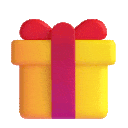

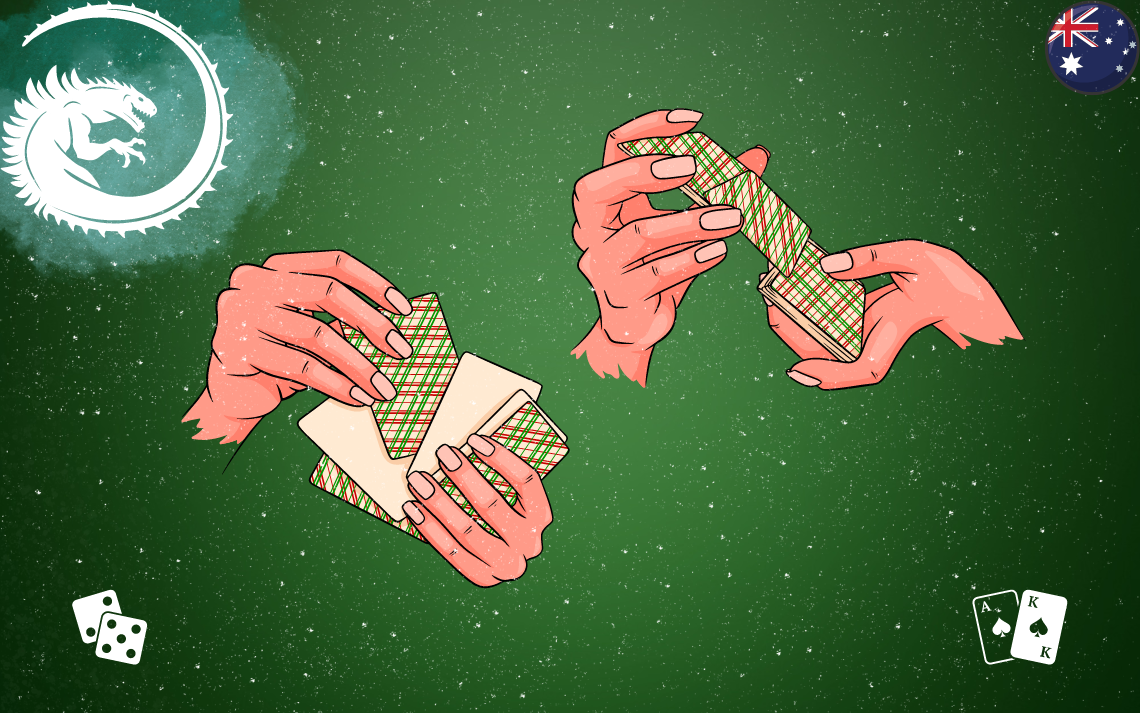
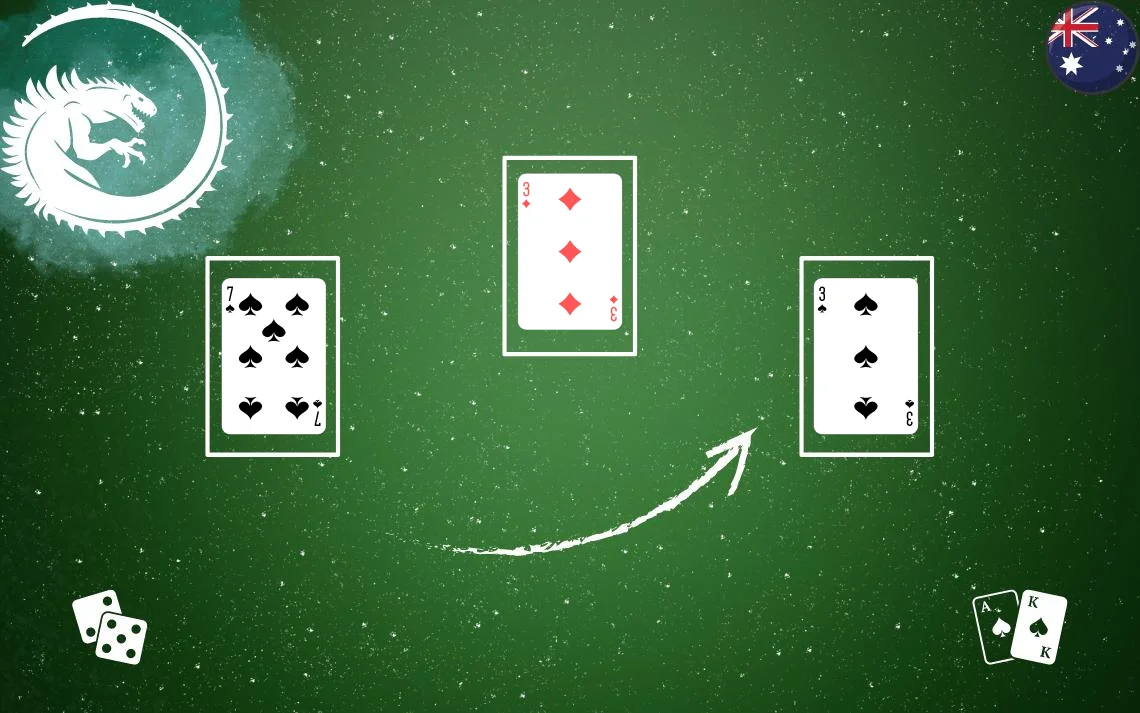
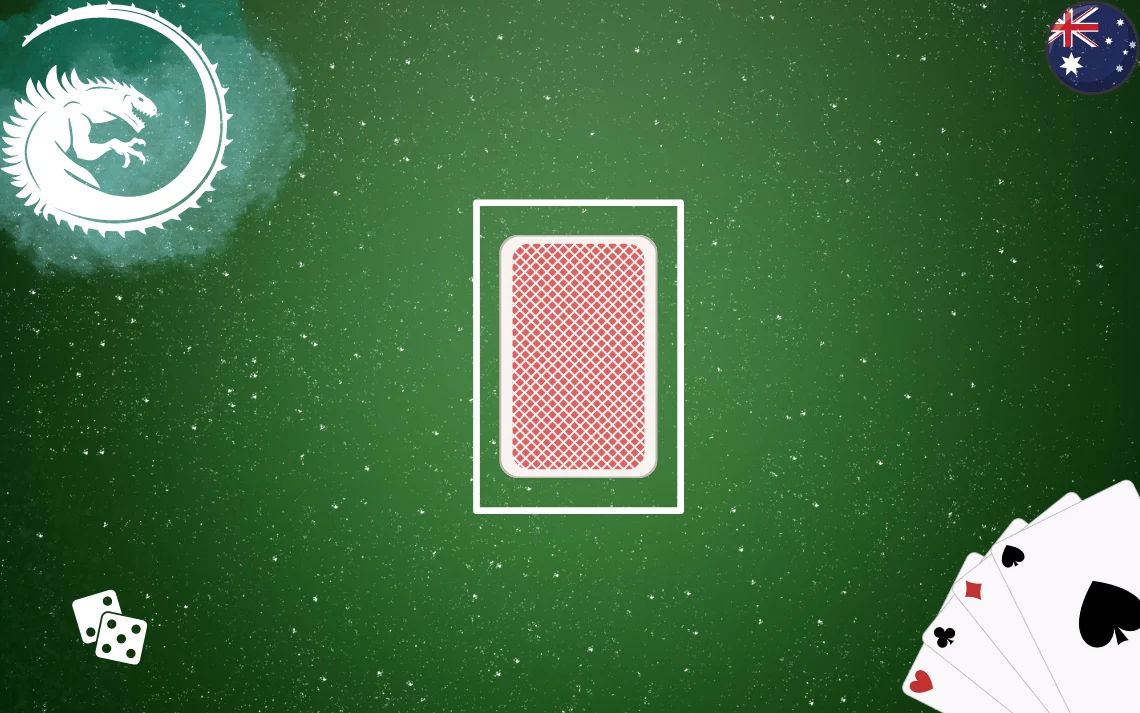
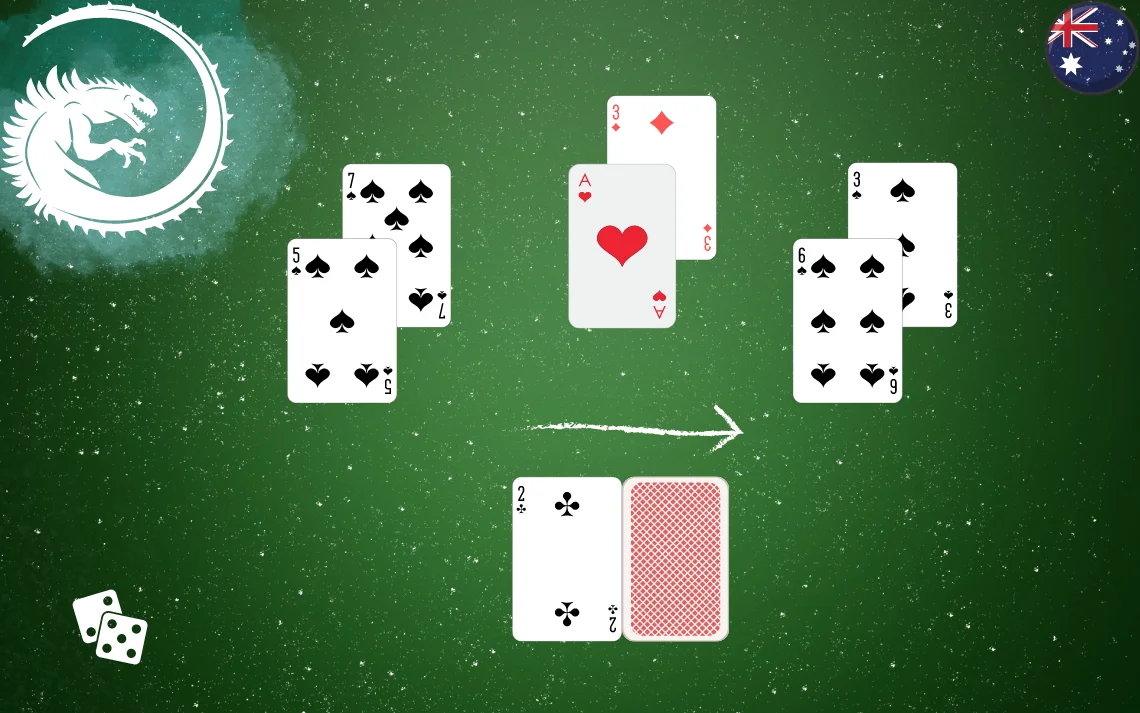
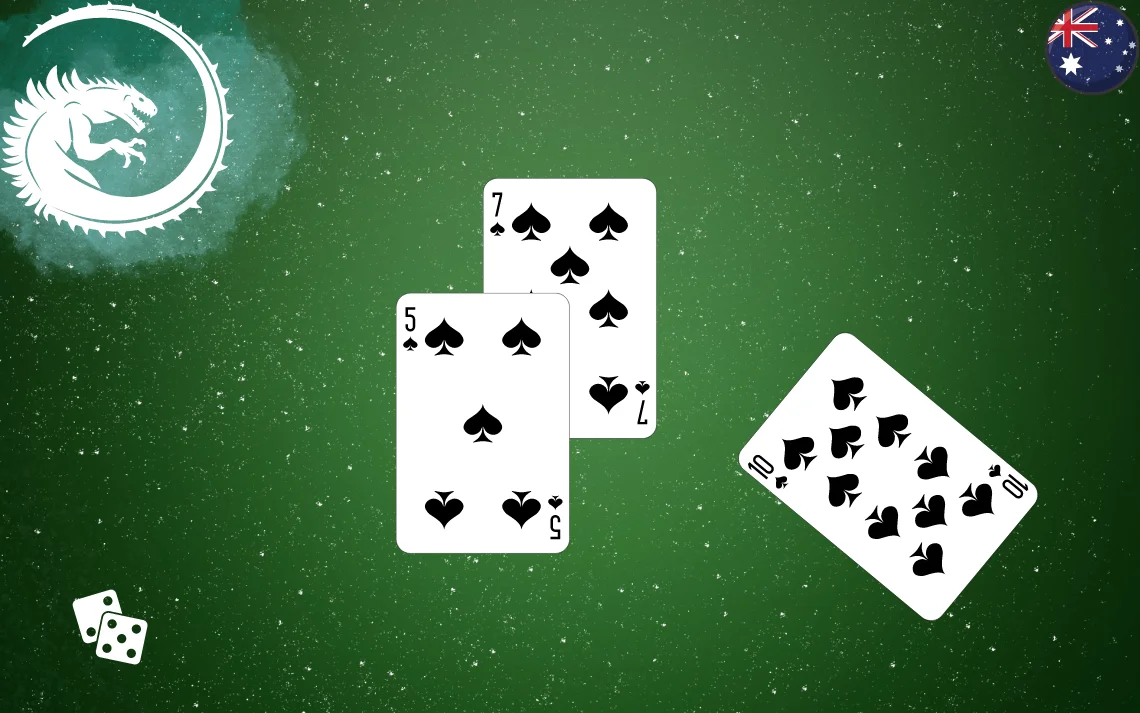
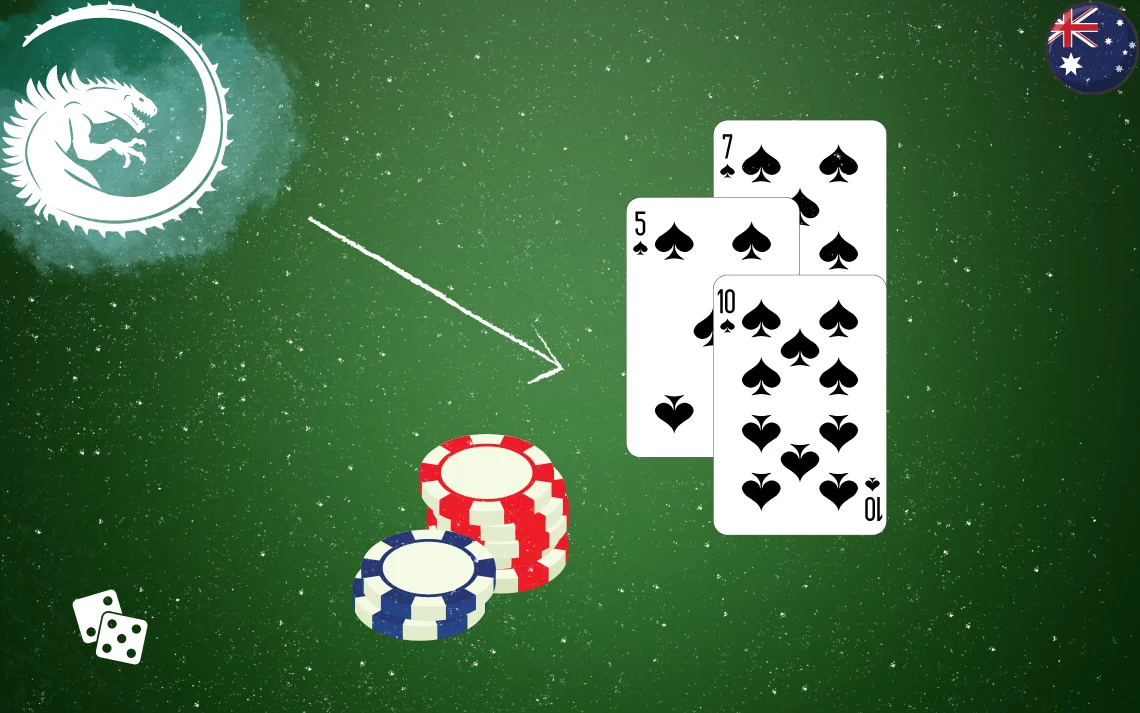
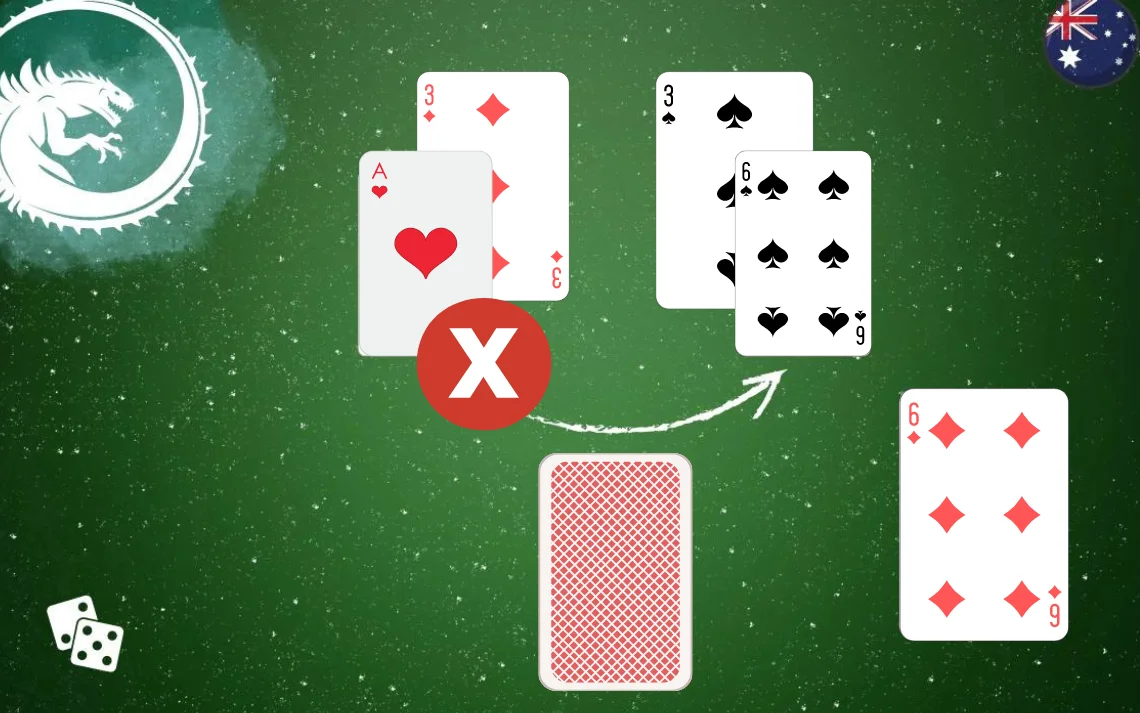
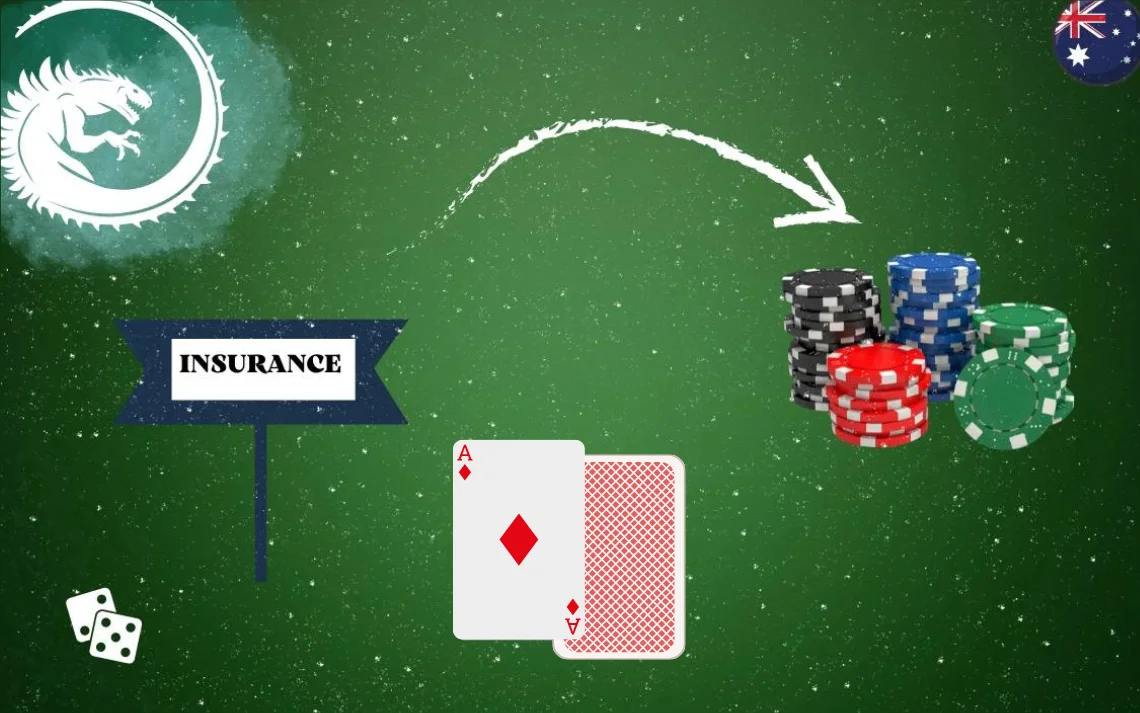
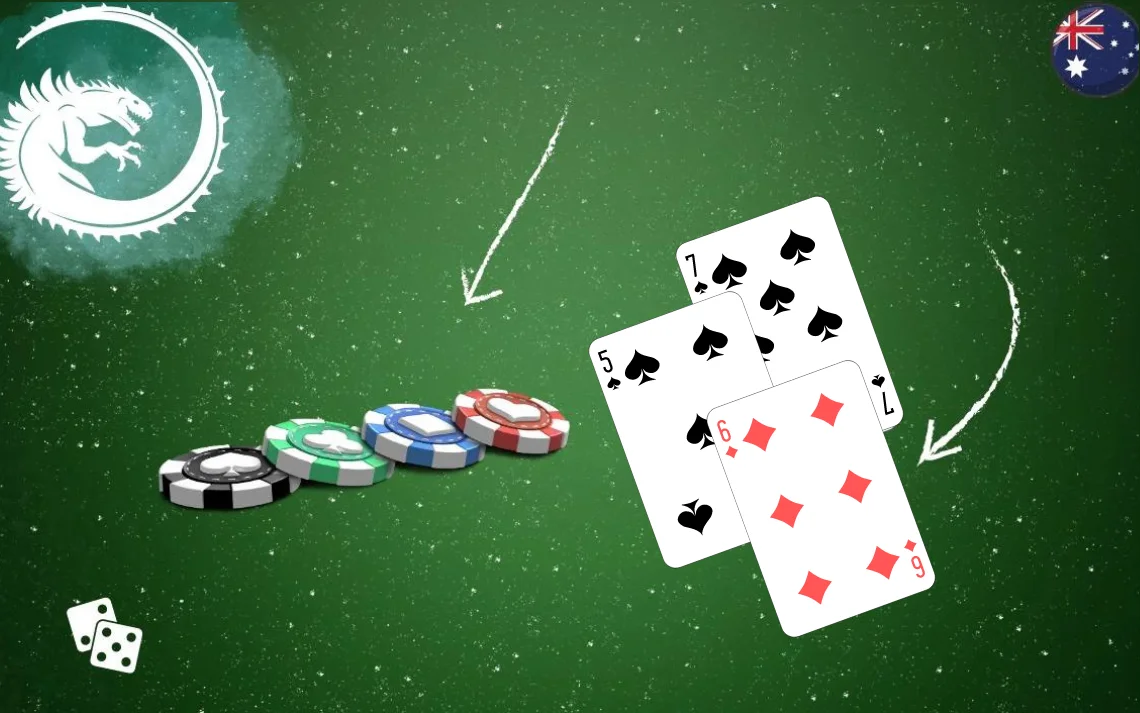
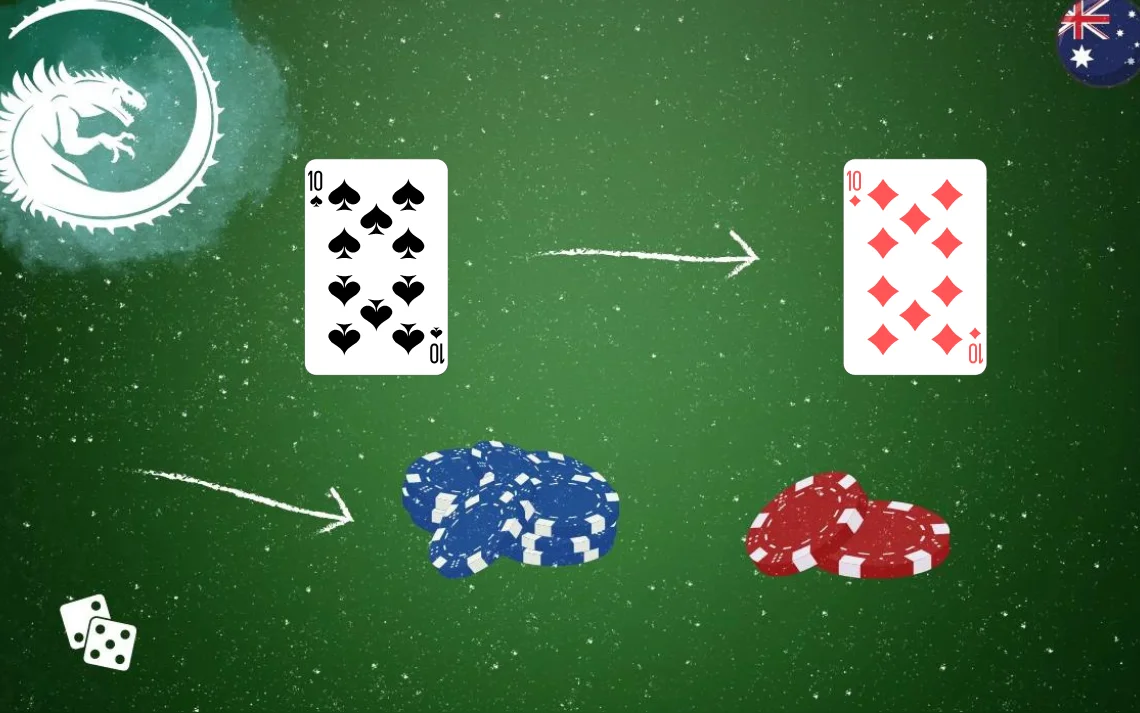
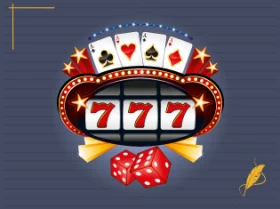
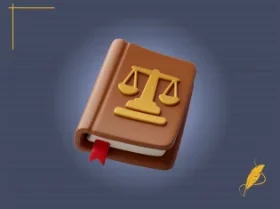
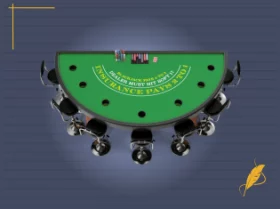
![The Richest Gamblers in the World [TOP 15]](https://www.slotozilla.com/au/wp-content/uploads/sites/35760/new_uploads/2024/02/blog-sz-au-1-280x209.webp)


